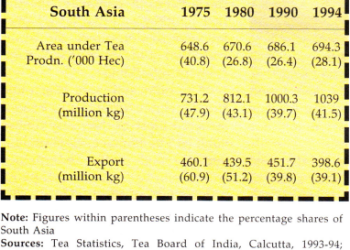Reform in the civil aviation sector in India has been painfully slow. Five years ago, when the Indian civil aviation sector was thrown open to private participation, there was much excitement in the air. The glamor associated with the business and the promise of quick returns in a rapidly growing market prompted many entrepreneurs to throw their hats into the ring. But, after all the fanfare, the honeymoon now appears to be definitely over.
High cost of fuel, non-availability of funds, low fares, compulsory deployment of capacity on non- trunk routes where seat load factors are poor, unimaginative fleet planning, gross mismanagement, poor financial planning, ageing fleet and high lease rentals and high salary costs and overheads have landed most private carriers neck deep in financial trouble. Two large carriers, Modiluft and East West Airlines, are already grounded. NEPC which took over the ailing Damania Airlines (and renamed as Skyline NEPC), is reportedly suffering a cash crunch. Many smaller airlines, too, are sending distress signals. Only Jet Airways, in which Gulf Air and Kuwait Airways have a 20% stake each, seems to be flying high at the moment.
In toto weighed down by unfavorable government policies and a high risk factor, the great private airline dreams seem to crashlanding. Will the new aviation policy fuel it anew?
Civil Aviation Minister C M Ibrahim belied the expectations of potential investors in the aviation sector. He was able to present the country with a one- page document summarising a new civil aviation policy. The policy outraged the Tatas, who proposed huge investments in the sector (“How can we have a one-page civil aviation policy in India?,’ they ask). While on a visit to Nepal, Prime Minister I K Gujral publicly stated that he was unhappy with India’s civil aviation policy. The prime minister said that he favored more ‘Open Skies.’ While speculation arose that Ibrahim would be removed from his post, Gujral took a less severe measure by appointing Jayanti Natarajan as minister of state for civil aviation, under Ibrahim. She has revived the expectations that Ibrahim managed to douse through an uninspired reign. A number of vital issues will have to be addressed soon.
The first unanswered issue is the future of the state-owned Indian Airlines and Air India. (Prior to deregulation they monopolised the skies). Both have ended 1996-97 with massive losses. They are plagued by similar problems-zero reserves, very low equity and survival on debt-leading to virtual bankruptcy. Experts agree that the government must immediately privatise the IA and AI. Privatisation has benefited airlines the world over, making them trim, efficient and profitable – only if it comes close on the heels of financial restructurings of the two airlines. After privatisation they can source funds.
The second issue is the improvement of the woeful state of India’s airports. Ibrahim has announced grand plans to construct 12 model international airports. Not one of them has come through. The Airport Authority of India (AAI) lacks funds to invest in these airports. The private sector is reluctant to step in as project clearance continues to be based on the whims and fancies of the minister in office. On a very broad estimate, Indian civil aviation airlines and airports-need an investment of US$10 billion over the next 6 to 8 years. If one treats this as one single integrated projects, a standard financing pattern would imply raising US$5 billion of debt and US$5 billion of equity. Even for a 60% Indian equity holding, the stake comes to US$3 billion. Given the present state of the Indian money market, this is a tall order. A realistic assessment on the necessity for foreign investment is thus required. A clear-cut, transparent policy is bound to attract serious players in this sector.
In its present form, the civil aviation policy has taken the inexplicable stand for domestic airlines that foreigners who are not involved in aviation can invest in this sector, but those without any experience in this highly technical, technology-intensive area can invest upto a certain percentage of equity. In India, international airlines like British Airways, Lufthansa, Cathay Pacific have regularly complained that they are not being permitted to increase frequencies and service an increased number of Indian cities. This is despite the fact that air traffic has grown astronomically to these destinations.




